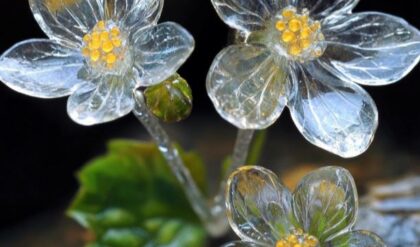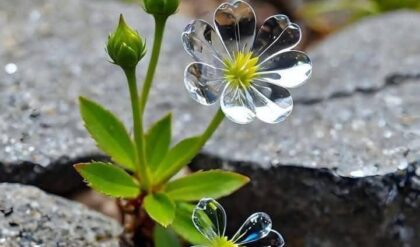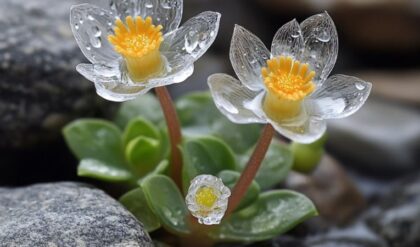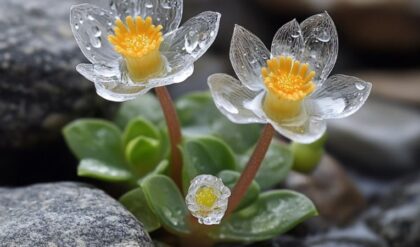Lilium ‘Pink Bell’ is a stunning addition to any garden, known for its exquisite blooms and delightful fragrance. Cultivating these beautiful lilies requires an understanding of their planting preferences, maintenance needs, and environmental conditions that influence growth. This exploration will delve into the essentials of growing Lilium ‘Pink Bell’, supplemented with insights drawn from various gardening sources.
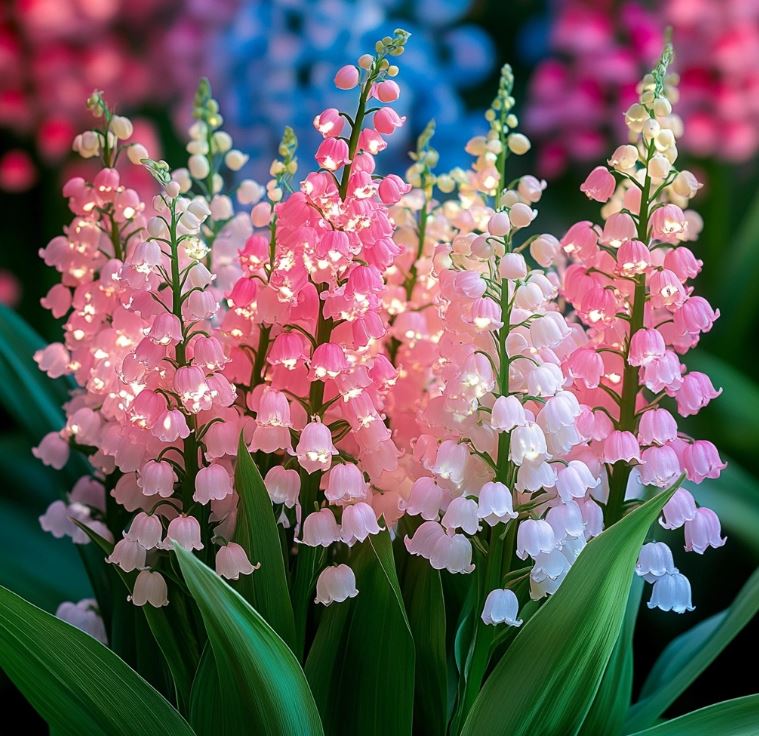
The Ideal Environment for Lilium Pink Bell
Soil Requirements
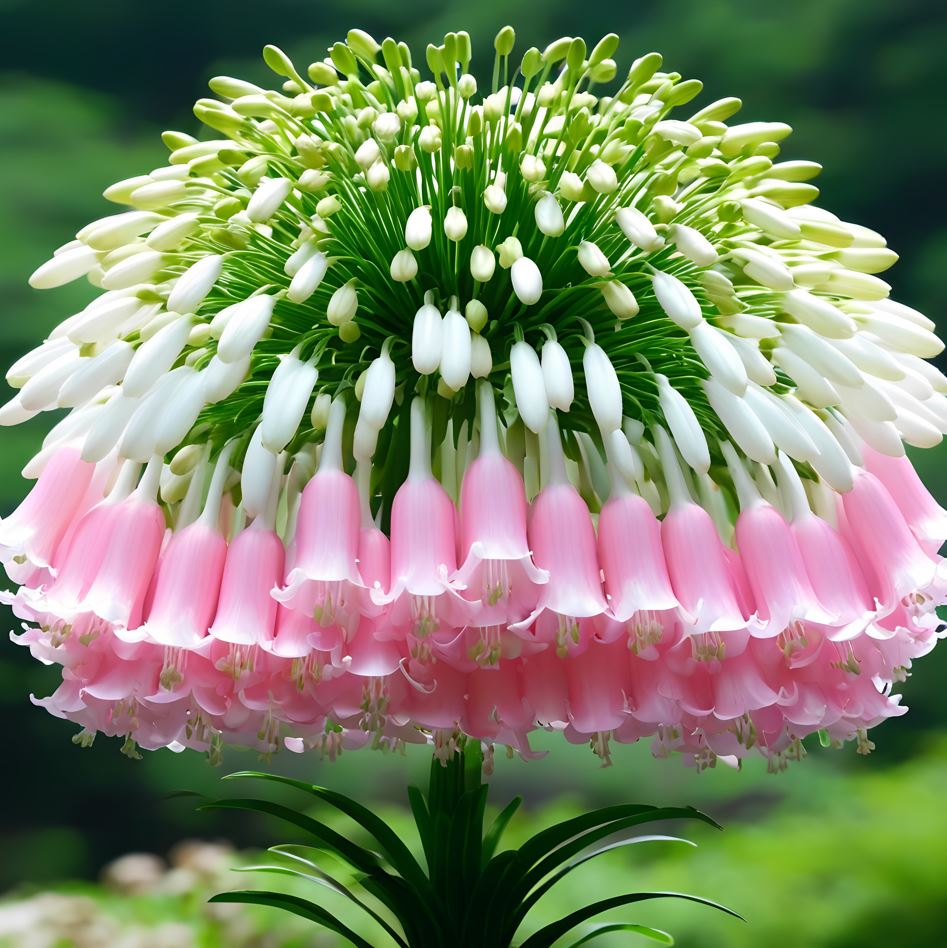
To thrive, Lilium ‘Pink Bell’ requires well-drained, moisture-retentive soil rich in organic matter. This ensures the bulbs don’t sit in water, which can cause rot. If your soil is heavy clay, consider enhancing drainage by planting the bulbs on a base layer of coarse sand or gravel. This practical approach not only optimizes the growing conditions but also illustrates a broader principle in gardening: the balance between retaining moisture and ensuring drainage is fundamental to plant health .
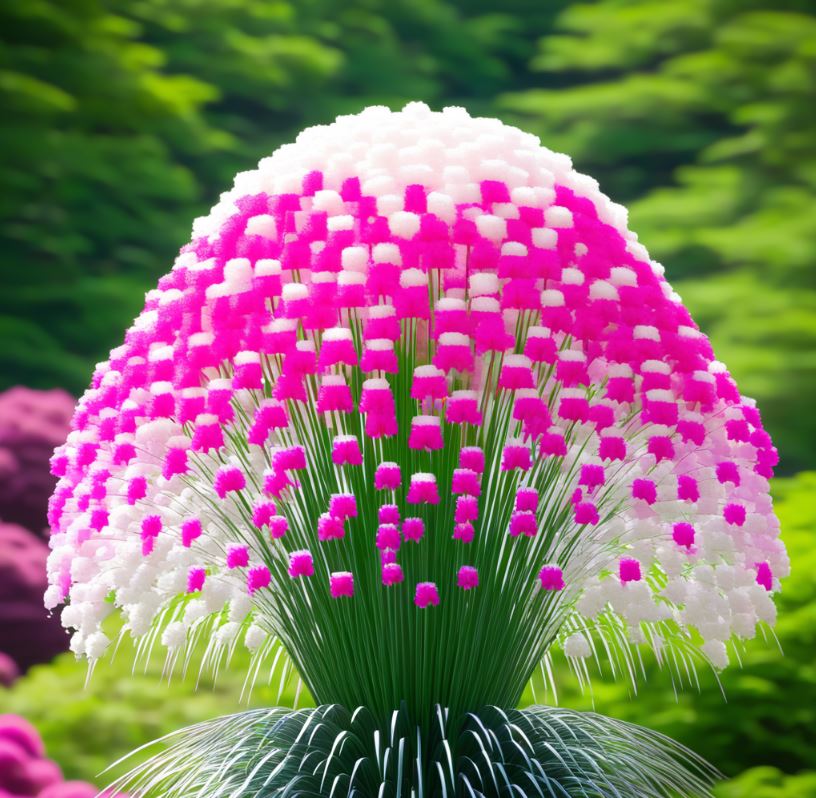
Sunlight and Placement
Finding the right spot for these lilies involves understanding their light preferences. Lilium ‘Pink Bell’ flourishes in full sun to part shade, thriving best when protected from the scorching afternoon sun. Think of it as creating a cozy nook in your garden—a place that captures the morning sun’s warmth while offering relief during the heat of midday. Such strategic positioning increases the chances of vibrant blooms while protecting delicate foliage from potential wilting .
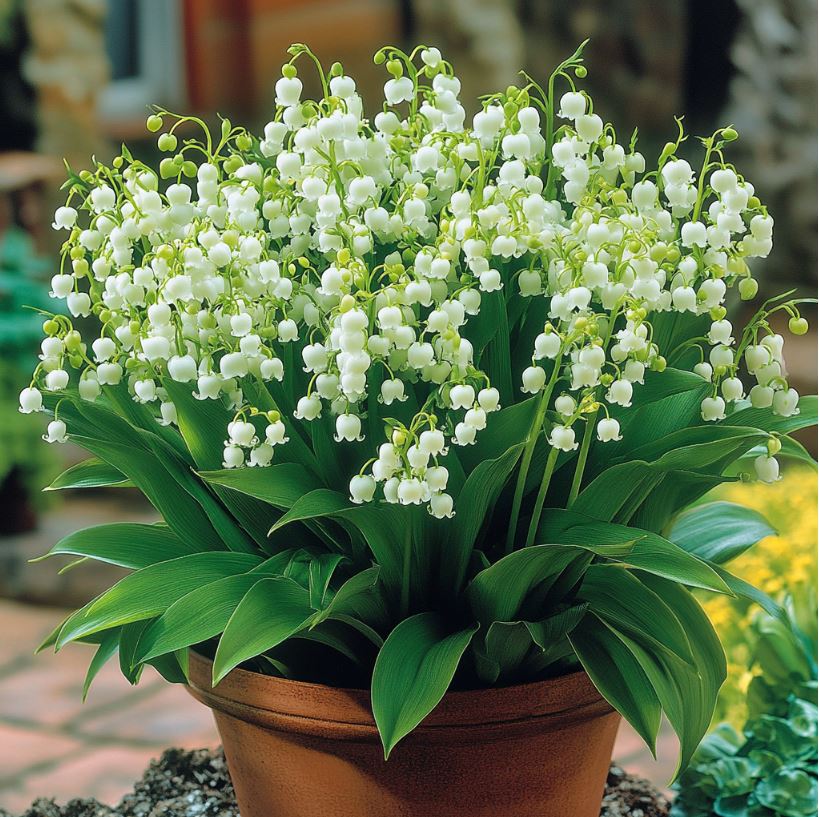
Planting Techniques
Timing is Everything
When contemplating the timing of planting, early spring or fall is ideal, allowing the bulbs to establish well before winter sets in. Specifically, they should be planted 6-8 weeks before the first frost for fall planting—an insight shared through various guides on lily cultivation . This aspect highlights a crucial gardening philosophy: patience released through proper timing leads to rewarding results.
Planting Depth and Spacing
Bulbs should be planted at a depth approximately 2 to 3 times their height, allowing sufficient soil coverage while still enabling healthy growth upwards toward the sun. It’s recommended to plant them in clusters of at least three bulbs for a striking visual impact. Imagine the reward of witnessing these clustered blooms come alive, offering pulsating waves of pink hues against green foliage—each bloom contributing to an overall spectacle that transcends individual blooms .
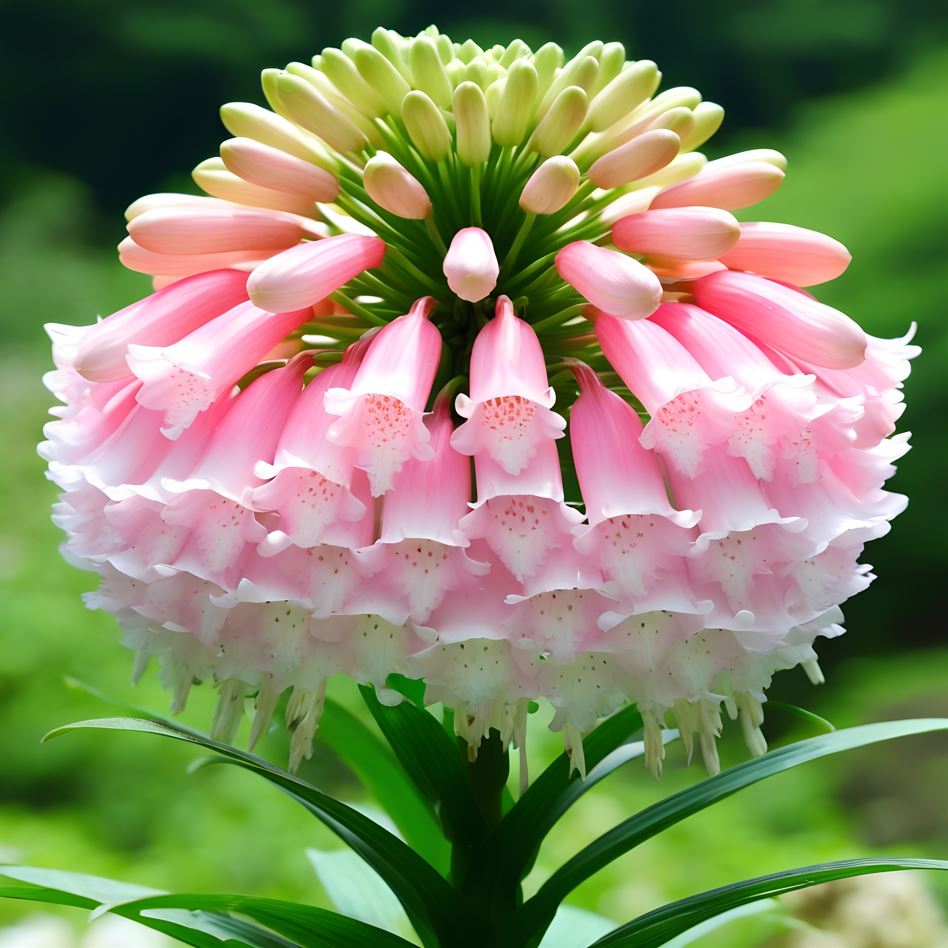
Care and Maintenance
Watering Practices
Watering practices must strike a delicate balance; while lilies appreciate moisture, overwatering can lead to detrimental results. Regular watering, especially during dry spells, helps maintain the moisture level without oversaturating the soil. Engaging in a regimen that respects this balance fosters a deeper connection with the plants, reminding gardeners of nature’s cycles and the importance of attentive stewardship.
Fertilization
The use of fertilizers rich in phosphorus can accentuate flowering, promoting vigorous and longer-lasting blooms. While immediate results might seem enticing, nurturing bulbs with organic fertilizers promotes sustained health, ultimately resulting in a more resilient plant that can withstand the whims of changing seasons and fluctuating weather patterns . It’s similar to how sustainable habits in life yield long-term health benefits—nourish thoughtfully!
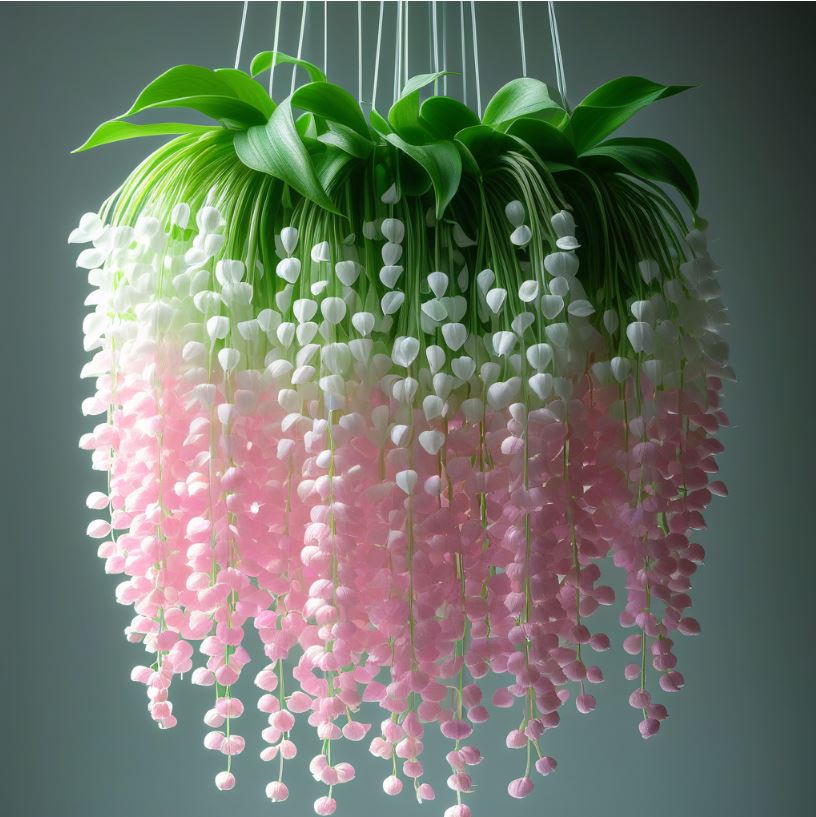
Observational Learning: Beyond Growth
Growing Lilium ‘Pink Bell’ can become a profound learning experience, echoing lessons about care, patience, and the beauty of nurturing something to life. Every stage—from planting to blooming—presents an opportunity for reflection on the relationships between humans and nature. Perhaps taking time to observe the interactions of pollinators with these blossoms can inspire a renewed commitment to ecological preservation.
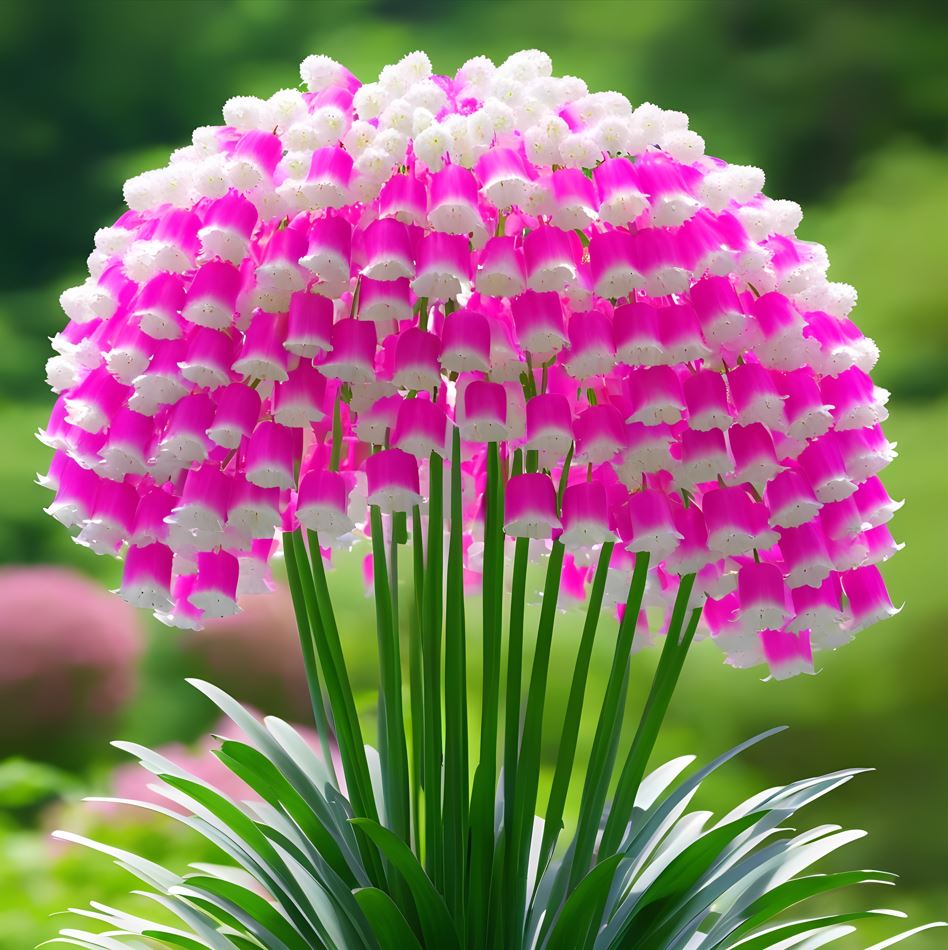
Reflecting on Successes
When the waiting period culminates in the splendor of blooming, the sight can stir emotional responses reminiscent of joyous celebrations. Much like hosting friends and family, the anticipation of those vibrant pink bells brings a thrill akin to awaiting the arrival of loved ones. Gardening becomes less about the science of planting and more of a heartfelt journey, one where every bloom signifies the fruits of one’s labor intertwined with emotional investments in growth and beauty.
Embrace the journey, cherish each growth phase, and let Lilium ‘Pink Bell’ illustrate not merely the artistry of floral design but the very essence of patience, nurturing, and the joy that derives from fostering life.
